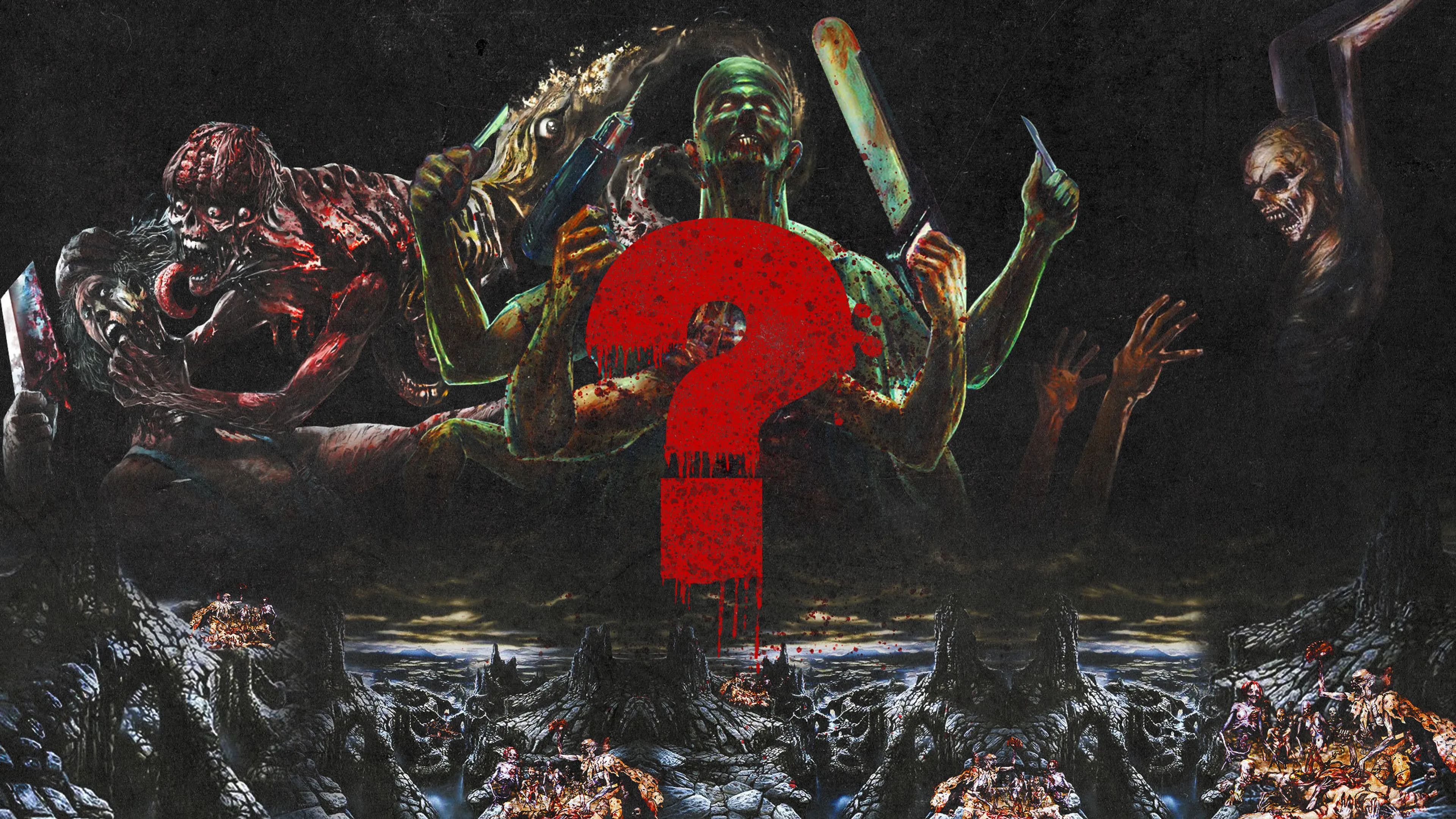Features
“Heavy music is having another moment right now”: How Malevolence put on the best hardcore tour of 2025
Malevolence, Speed, Dying Wish and PSYCHO-FRAME: Bands from different ends of the world and heavy music, but all united by values forged in hardcore. Riding the wave of a global resurgence, the tourmates explain how mutual admiration, broken flutes and paying it forward fuelled one of the biggest tours of the year and made this moment possible…
